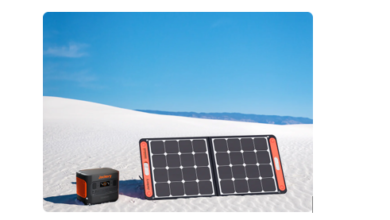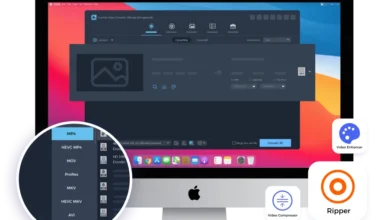What is a Virtual Donor Wall?

Technology was an integral part our everyday lives long before the pandemic. As the scientific community and the public adjust to a new reality in which face-to-face is less common, technology is being used to stay in touch with loved ones. We all use technology to communicate, learn, share information, and have medical consultations remotely.
Digital technology is also needed by non-profits to motivate and connect with their supporters. Virtual donor walls are a great way for NGOs to achieve their goals when it comes to maintaining donor relationships. Technology is not a quick solution to this problem. It offers the chance to experiment with new things and change our routines in relation to events and physical spaces. We can use technology to break down the barriers that prevent us from participating in charitable activities, increase efficiency and save money, as well as develop innovative approaches to foster a culture where giving is a daily practice in the twenty-first Century.
The reluctance of donors to accept new tools is rapidly being overcome. All of us agree that the internet-based technologies offer the best solution to most communication issues. We’ve also had many opportunities to improve our skills. We know from our past experiences that deep bonds can be formed even when we are separated.
What’s a Virtual Donor Wall?
There are many names for the virtual donor wall that is displayed on electronic screens. We make these distinctions because there may be overlap between the three definitions.
Since the mid-1990s, NGOs can use digital donor identification. They can display lists and photos of donors inside their buildings. Donor recognition software can provide static or moving images. To encourage audience participation, touchscreens are also possible.
Online recognition refers to a list or personal story of donors that is posted on an organization’s website. It is usually the same format as an annual printed report.
Virtual donor thanks can be displayed on campus via interactive electronic displays that can be accessed from any device with an internet connection. This allows for off-campus access of materials that may be conceptually similar to those on the main campus. These might include videos and guided tours.
What is a Virtual Donor Wall?
It is possible to ask, “What does it mean to have a virtual donor wall?”. The answer is that it does everything a traditional donor wall cannot, and it can reach far more people than a traditional donor walls can.
A virtual recognition wall allows you to list names of donors, highlight major donors, share information on your fundraising campaigns (such as announcements or updates), and show impact stories from people whose lives have been changed by your organization. These features can be interactive, or not.
Making the Most of Your Virtual Donor wall
We now have a better understanding of what a virtual donor walls is and how it can be used.
Incorporate It Into Your Website
Visitors to your website can see your gratitude for your contributors by visiting the virtual donation wall you have integrated into your site. A virtual or digital donor wall is more flexible than a physical one.
Combine it with Your Virtual Donor Wall
It is possible to combine your digital donor wall and a virtual donor wall. Let’s say you want to highlight progress in capital campaigns via a digital donor wall. The change will be immediately visible on your digital bulletin board if you link them!
Get it noticed on Social Media
A virtual donor wall can also be easily shared via social media. Social media spotlights about donors can be a great way for people to talk. It is also possible to acknowledge donors based on their level of support.
It is easy to promote your cause by sharing donor recognition via social media. However, you must first get their permission.
Add it to Your Annual Report
You don’t need to make a long list for your annual report. You can simply give a link on your online donor appreciation wall. This will not only simplify your work but also make it easier for you to share your content with your audience.





